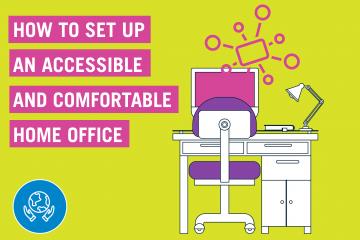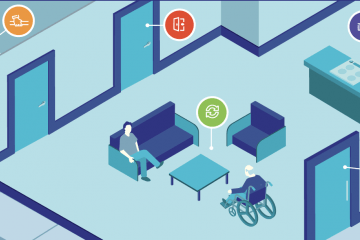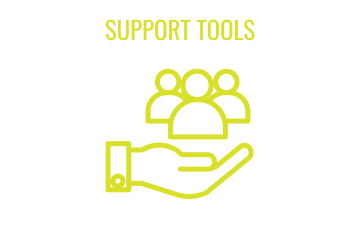Will the “Post-Pandemic” Workplace Be More Inclusive of Employees with Disabilities?
As cities and states across the countries are lifting the COVID-19 lockdown orders, people are returning to work at their offices. However, since the virus is still very much going around, employers must be vigilant about keeping their workplaces as safe as possible. Although we might be seeing a sense of “normalcy,” there’s still a long way to go before reaching the pre-pandemic normalcy—if we ever even will.
I can say for myself that I am eager to have a distinct work-life balance again. Because the days morph into one another and there is no physical separation from “home” and “work” during quarantine, I don’t truly enjoy my weekends or “off-hours” like I usually did. I also dearly miss having face-to-face conversations with my coworkers without looking at each other through a computer screen. However, I know for sure that this “new normal” will be vastly different from anything we were accustomed to pre-pandemic.
If the pandemic life has taught us as a society anything, it’s the power of adaptability and accessibility. People with disabilities are pros at adapting themselves to live in a world that, frankly, wasn’t made with folks like us in mind. It took a devastating global pandemic for the general population to realize that working from home is possible — one accommodation that employees with disabilities have been advocating for decades on end. However, when it was non-disabled employees who also needed these accommodations to stay safe and healthy — exact reasons disabled employees would ask for such accommodations in the first place — employers were quick to provide and allow modifications.
But, alas, history has continuously shown that the most noticeable changes only occur after a massive disruption such as a world war, financial crisis, or pandemic. Having to adapt to a new way of working might help companies expand hiring pools and make work more accessible for people with disabilities. Although these much-needed changes are happening under trying circumstances, the voices and needs of people with disabilities are finally getting heard and fulfilled. Perhaps these changes are here to stay.
Even before the coronavirus swept across the globe, a 2018 Global Talent Trends study reported that 51% of employees wished that their company offered more flexible work options. I am a freelance journalist, so I don’t have an “office” that I need to go into every day. Instead, I am a member of a co-working space, which helps me separate my work from my personal life. I am fortunate enough that the office is within walking distance, so using public transportation is one less aspect I need to worry about.
However, even if an office does everything right to ensure a safe and sterile environment for employees, using public transportation, especially if you live in a metropolitan area like New York City, will increase the chances of contracting the virus. The general public now realizes the grave inconvenience of mass public transportation, but for many people with disabilities, we’ve already known this reality for so long. Inaccessible transportation and inflexible work schedule and environment are the key reasons why unemployment remains high for people with disabilities.
America is changing in more than one way. Perhaps, similarly, this forced shift in the workplace culture will prove that the accommodation employees with disabilities have been asking for are not only possible, but also beneficial to others. With today’s advances in technology, there has to be a way that employers can adapt to a hybrid office culture, where workers can opt to come into the office once or twice a week, and work the rest of the week off-site, be it at home or a nearby coffee shop. This way, people can attain the in-person social interaction that human beings need while having their accommodations met.







